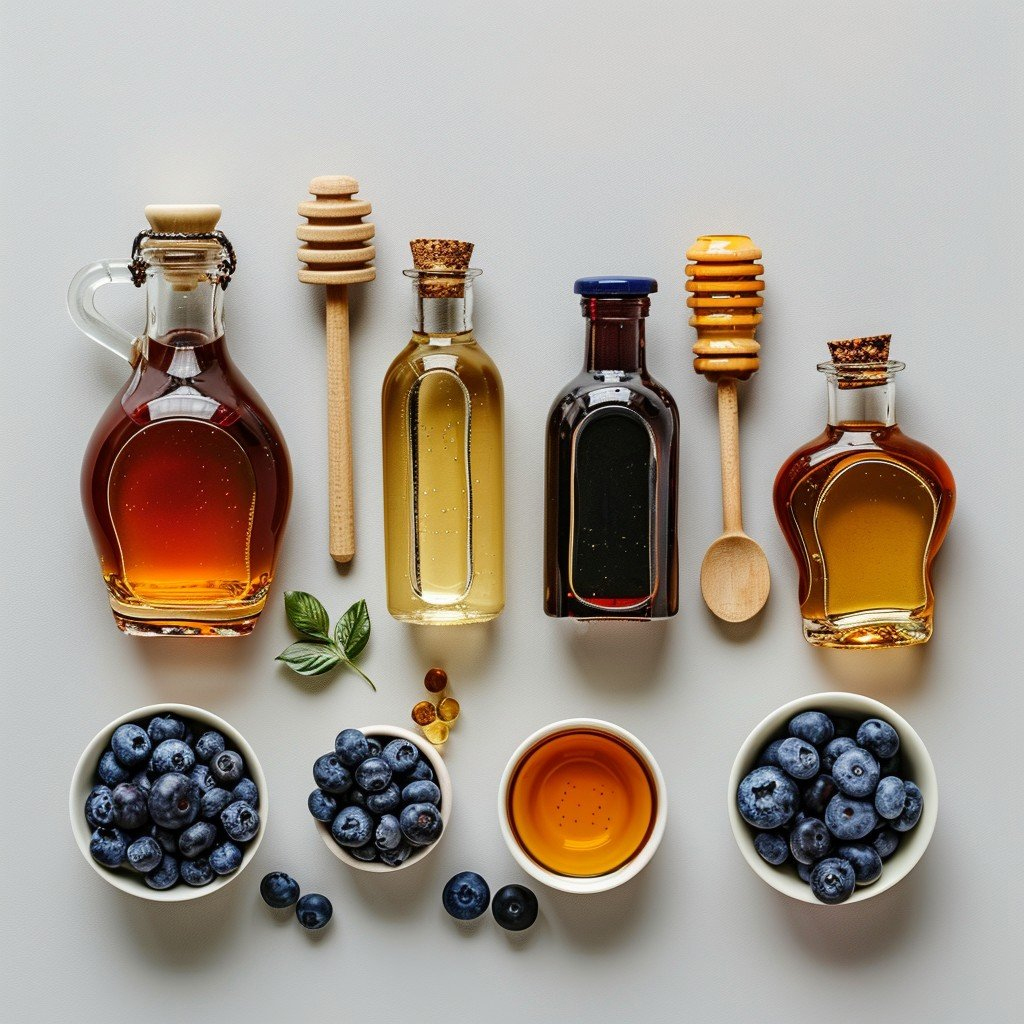
StockCake
Concerns have emerged over the effects of artificial food dyes.
“Artificial coloring” in food is something children are constantly warned to avoid. While parents caution against its toxic effects and unhealthy qualities, the United States government appears largely unconcerned.
In January, Red 3 — an artificial food dye found in certain frozen desserts, snacks, candies and Maraschino cherries — was removed from the U.S. market. Since then, questions have been raised, most centering around one concern: should the U.S. ban other food dyes?
Synthetic dyes have been part of the American food system for well over a century. In 1881, the U.S. Department of Agriculture’s Bureau of Chemistry began experimenting with food dyes, first authorizing their use in butter and cheese.
By 1900, nearly all food varieties contained added coloring, some of which were so toxic that federal health officials considered them life-threatening.
Although the U.S. Food and Drug Administration (FDA) later enacted precautions and new laws that removed poisonous dyes, several additives considered dangerous by the European Union remain in U.S. foods today.
Banning food dyes eliminates them entirely from the market, cutting off access to any foods containing the dye.
Strict regulation, on the other hand, imposes heavy oversight and limitations but does not necessarily remove the dye from circulation.
Currently, three food dyes — Red 40, Yellow 6 and Yellow 5 — are approved for use in the U.S. but are under stringent regulation in the EU. These dyes, commonly used to brighten candies and snacks, have been linked to reduced attention spans in children.
As a result, EU regulations require all products containing these dyes to carry a warning label about their potential effects. Food additives pose a similar problem. Several additives banned in the EU remain legal in the U.S., including titanium dioxide (E171) found in Skittles and Starbursts and potassium bromate used in white flour, breads and pizza crusts to make dough rise higher.
Both additives are associated with serious health risks. According to a 2021 report by the European Food Safety Authority, titanium dioxide is genotoxic, meaning it can damage DNA — a property that makes it highly carcinogenic.
Likewise, potassium bromate has been shown to cause mutations in yeast DNA, with traces later detected in human esophageal, stomach and colorectal cancers. Despite this evidence, the FDA continues to permit these additives in foods.
The EU has consistently been ahead of the U.S. in banning and regulating harmful food additives and dyes. The FDA only removed Red 3 from the U.S. market this year, despite it being banned in the EU nearly 30 years ago.
Numerous studies, including a 2012 National Institutes of Health report, found Red 3 to be carcinogenic, yet the FDA allowed its continued use and will not fully enforce its ban until 2027.
The EU’s quick action to regulate and ban harmful substances sets an example the U.S. should follow. Even if food dyes are eliminated from the food supply, consumers will still enjoy their favorite products without the harmful effects of toxic chemicals.
Thus, the FDA must take a stronger stance in reviewing food chemicals, since, if unchecked, their long-term carcinogenic effects will endanger public health.